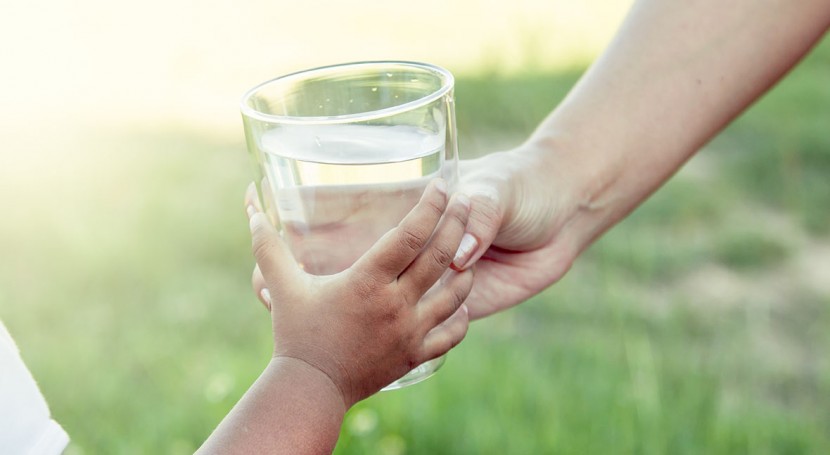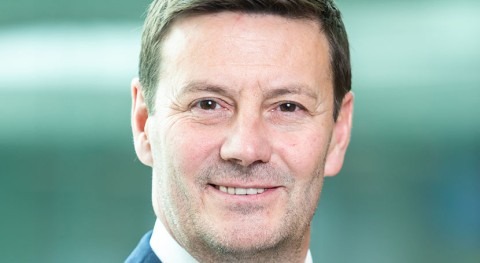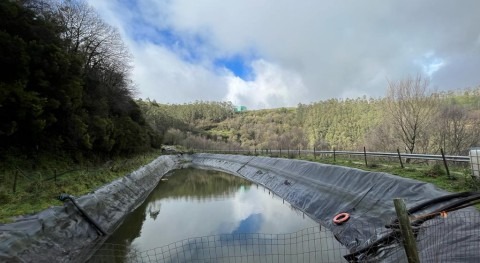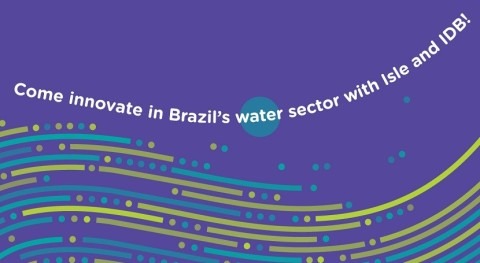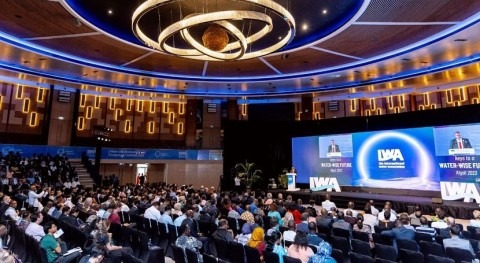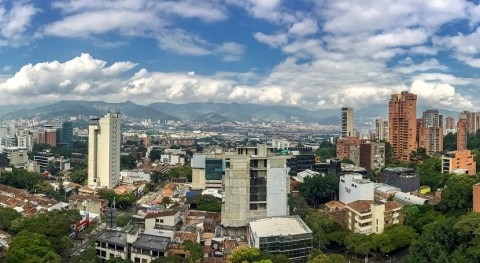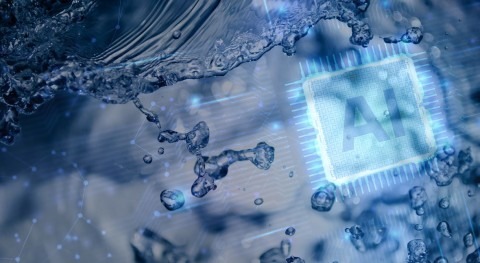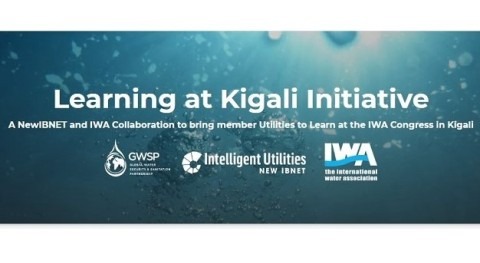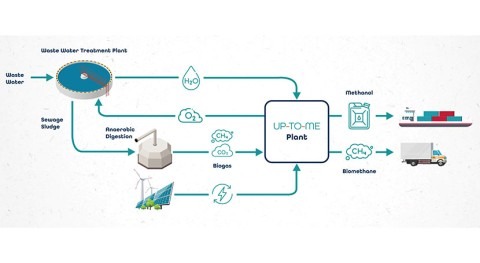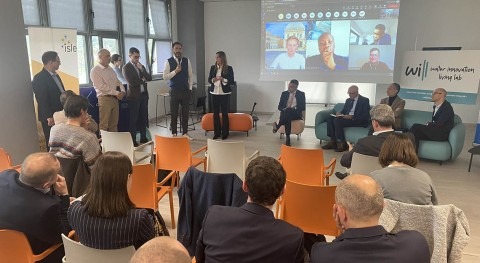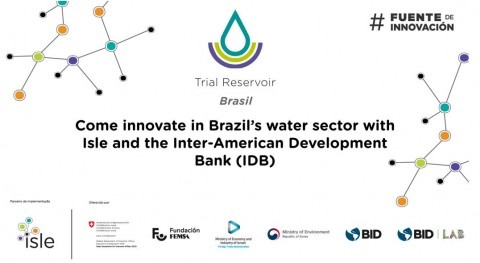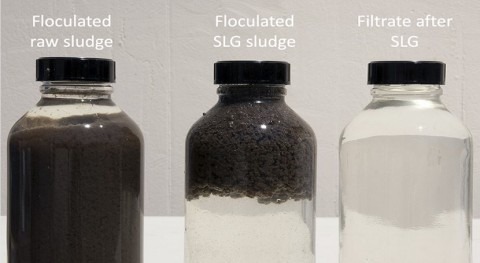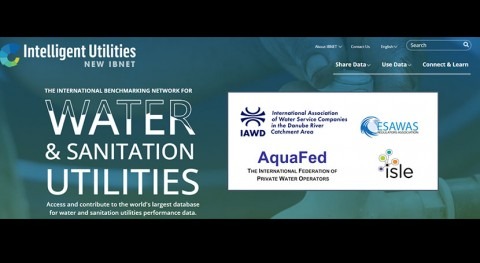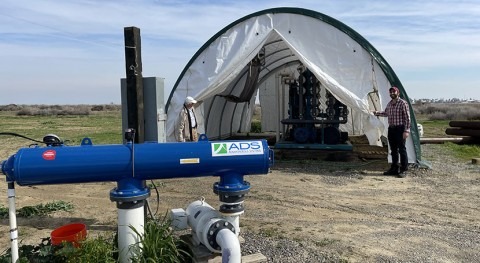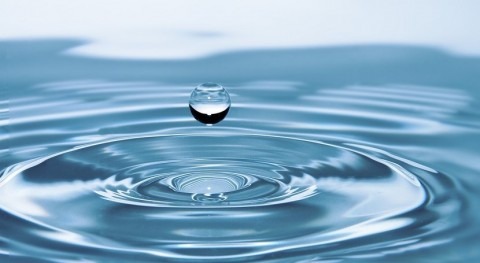Three innovations bringing circular economy thinking closer to water utilities’ daily operations were the focus of the latest Water Action Platform webinar.
The event, which took place on 12 November 2020 and was hosted by Isle chairman Piers Clark, featured technologies from Europe and North America which facilitate recovery of cellulose from toilet paper, phosphorous removal and energy storage. They were used to demonstrate how resource reuse brings combined environmental, regulatory and financial benefits.
Technology 1: Cellulose recovery
Coos Wessels, technical director of CirTec, explained how the Netherlands is quite literally paving the way in creating infrastructure from recycled toilet paper. The recycled toilet paper pellets have already been used successfully as road-building material in the province of Friesland, to reinforce a dyke and pave the parking lot of a children’s petting zoo.
Dealing with sludge is expensive for water companies and those costs could be reduced by initiatives like the Cellvation project, which extracts cellulose from wastewater. The recovered cellulose fibres are sterilised, dried and made into pelleted products known as Recell – which can be used in industries such as construction, pulp and paper, coatings and sustainable chemicals.
Technology 2: Phosphorous removal
“If you ask a water manager or regulator about phosphorous, they will describe it as pollution and as a result spend a significant amount of money every year preventing its discharge into water,” said Matt Kuzma, the vice president Ostara, a nutrient recovery solutions company based in Vancouver, Canada.
The company has created a sustainable closed-loop solution for phosphorus management using Pearl, a process technology which recovers valuable nutrients from wastewater, transforming them into high-performing, slow-release fertilisers that increase yields and reduce pollution runoff.
Technology 3: Biogas enrichment
Based in the US and Germany, Electrochaea has a solution for one of the most pressing challenges facing energy systems - the integration of fluctuating renewables into the electricity grid. The company’s proprietary BioCat power-to-gas energy storage concept converts renewable electrical energy into chemical energy, in form of methane. By converting water into hydrogen and oxygen through electrolysis they can enrich raw biogas.
The company’s managing director Dr Doris Hafenbradl said, “What’s unique is our biocatalyst is a patented strain which is optimised to generate a lot more methane and do it more efficiently.
In addition, the oxygen generated during the first electrolysis step can be used to enhance the secondary wastewater treatment stage and the bio-methanation process is exothermic, meaning that it generates heat – which can be used to heat the sludge before digestion.
What goes around
Water management is fundamentally a circular business. Every drop is endlessly used and reused, and this circularity is already evident in the sector in initiatives such a recycling wastewater for reuse and capturing biosolids for agriculture.
During the webinar, Rich Walwyn, head of asset intelligence and innovation at Severn Trent, made an impassioned call to other utilities to collaborate on further circular economy opportunities.
“We believe it is an essential ingredient in meeting the supply and demand challenges that we’re going to face over the next 20 to 30 years and maximising value for our customers through the recovery of some of the by-products of our processes,” he told attendees. “Forming effective collaborative partnerships is key to maximising the opportunities that a transition to a circular economy brings.
“We’re really keen to explore opportunities to work with like-minded organisations on identifying cross-sector solutions and accelerating our plans,” he said.
With the UK water sector launching a world-first Net Zero Routemap in November, there is clearly a drive for utilities to play a key role in protecting and enhancing the environment. The newly published Routemap sets out a broad range of opportunities, initiatives and projects that will help the sector cut millions of tonnes of carbon emissions by 2030 – many of which focus on resource reuse, including:
- Making even more use of renewable energy by generating enough solar and wind power to meet 80% of the water sector’s electricity demands
- Producing more biogas from sewerage waste, which can be injected into the grid to heat homes or used as an alternative fuel for transport
- Using advanced anaerobic digestion for sewage treatment to reduce process emissions.
To find out more about any of the topics listed, the Water Action Platform webinar can be viewed here.
The next monthly webinar takes place on 10 December 2020 at 7.30am and 4.30pm BST. To sign-up to receive an invitation click here.

